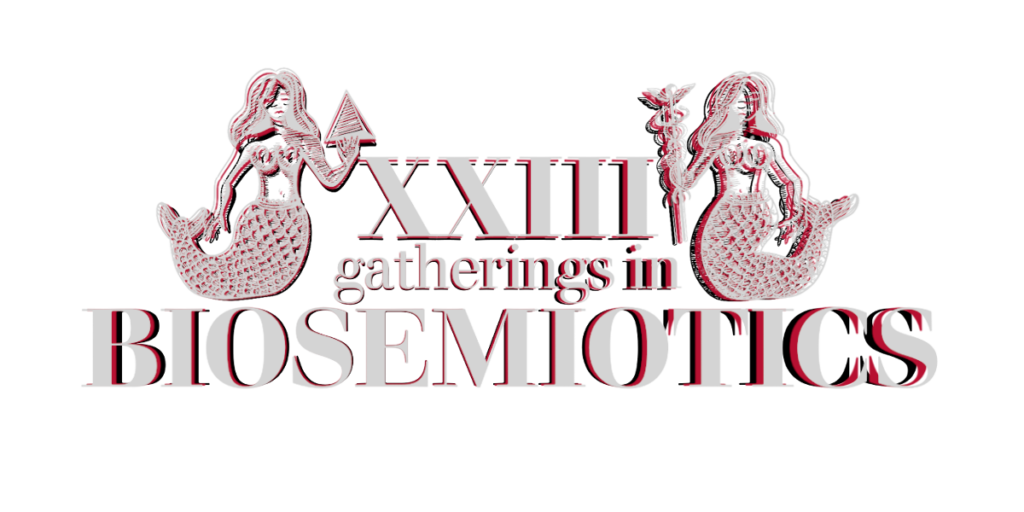Waste and the Second Turn in Biosemiotics
Tyler Bennett
The main characteristics of the second turn in biosemiotics are: “(a) extending the integration to Saussurean approaches; i.e. developing a general semiotics which synthesizes Peircean, Saussurean and Uexküllean theories; and (b) grounding aesthetics and ideology in biosemiotics” (Chávez Barreto et. al 2022). The second turn was declared only at the beginning of the 2020s, but already considerable progress has been made in the name of this turn. The 2023 Special Issue of the Biosemiotics journal, edited by myself and Yogi Hendlin, features contributions that emphasize all these characteristics. Out of control growth and consumption are byproducts of an economic theory of value that is disconnected from the environment but, in order for it to work, Marx’s flawed answer to this disconnection must be brought up to date with a contemporary understanding of ecological cost (Hornborg 2001). The arts and humanities are caught in the self-destructive loop of trying to prove their instrumental value and defend their legitimacy against charges of obsolescence from STEM – one reason is that postmodern humanities seem to have no interest in science (Gare 2022). The transdisciplinary framework of biosemiotics offers a solution to this deadlock, but it is still not clear which of the humanities are to blame, and which are unfairly maligned for their postmodernism. For example, second–generation semiology (Kristeva, Derrida, Lacan) is often pejoratively lumped with postmodernism, however, one of the primary tasks of the second turn is to rehabilitate precisely these figures. Rehashing the actual status of the ‘postmodern’ is a major task of the second turn – it is no longer acceptable to discredit entire swathes of academic, literary and artistic production as simply being ‘postmodern’ when postmodernism as such is no simple fad or set of whimsical stylistic choices (like montage) – in the 90s the postmodern was only a guess at what was to come, but today it is a ubiquitous state of affairs, where the fluid identity effects of communication technology have obliterated the old idols, and those still trying to turn back the clock are just pissing in the wind. The second turn brings the advancements of biosemiotics to bear upon the most pressing questions of today’s supercharged media environment. This entails definite social and existential commitments that not everyone will agree with, the least of which is certainly not the commitment to witnessing the ongoing ecological catastrophe. Probably the status of these commitments will be the source of the most lively discussion.
References
Chávez Barreto, Eugenio Israel; Kull, Kalevi; Lacková, Ludmila; Miyamoto, Oscar; Bennet, Tyler James 2022. Funktionskreis and the biosemiotic signifieds. Sign Systems Studies 50(2/3). DOI: 10.12697/SSS.2022.50.2-3.07
Gare, Arran 2022. Against Posthumanism: Posthumanism as the World Vision of House-Slaves. Borderless Philosophy 4:1-56 (2021)
Hornborg, Alf 2001. The Power of the Machine: Global Inequalities of Economy, Technology and Environment. Boulder: Alta Mira Press.

